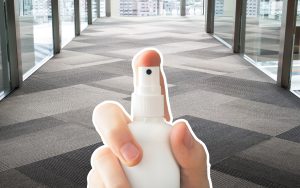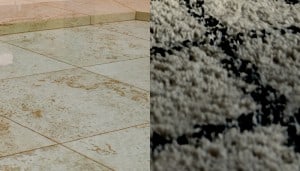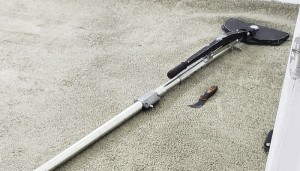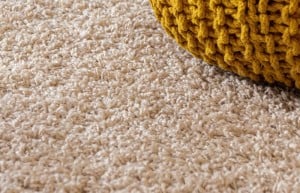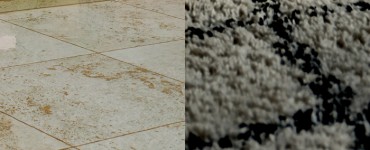Carpet is an essential part of every home. It provides comfort, warmth, and protection against dirt and moisture. However, there are different types of carpets, each with its benefits and drawbacks.
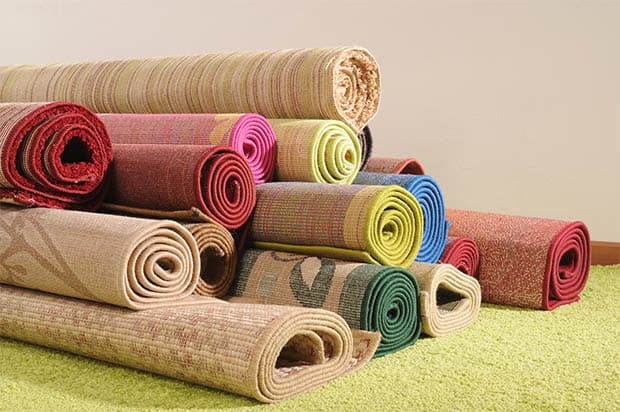
How To Choose the Right Carpet For Your Home
The type of carpet that’s right for you depends on several factors. For example, if you have kids and pets at home, you may need something with more padding than others do. You also might be looking for an area carpet that will add some extra comfort when sitting down.
In addition, there are certain areas where you don’t want any kind of pattern. These include hallways, bathrooms, bedrooms, and kitchens. The following paragraphs explain why choosing the right carpet is important.
Choosing a Carpet That Fits With Your Decor
When it comes to decorating your house, one thing that can make or break the look is the choice of carpet. If you’re not sure what style would work best in your space, here are three things to consider:
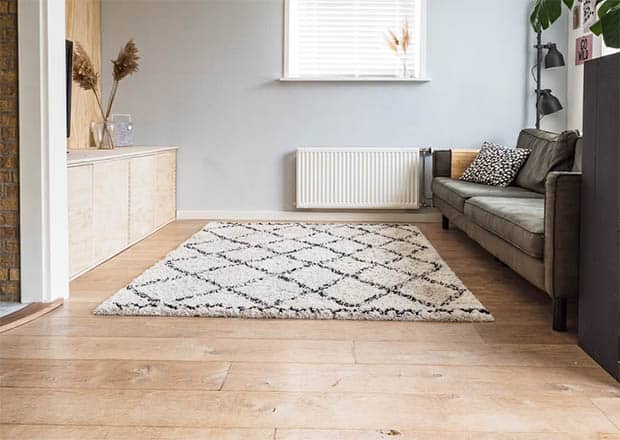
Color
When selecting a color scheme for your room, keep in mind how much light enters through windows and doors. This helps determine which colors should dominate the room. Also, think about whether you’d like bolder hues or softer ones.
Pattern
Pattern carpets come in many shapes and sizes. Some patterns are very subtle while others are quite loud. Think about the size of the rooms in your home as well as the furniture pieces inside them before making this decision.
Material
There are two main materials used for carpets: natural fibers, and synthetic fibers. Natural fiber options include wool, cotton, silk, sisal, jute, hemp, linen, bamboo, cork, straw, grasses, and other plant-based products.
Synthetic fibers include polyester, nylon, acrylics, olefin, rayon, modacrylic, vinyl, and PVC. Each material has its pros and cons. For instance, these carpet fibers tend to feel warmer underfoot because they absorb heat from our bodies better than synthetics do. They also provide insulation, but they take longer to dry out after being wet.
On the flip side, synthetic fibers are easier to clean and maintain, plus they won’t shrink over time. But they aren’t nearly as warm as natural fibers. So depending on your needs, choose between these two materials accordingly.
History of Carpet
The history of the carpet dates back to ancient times when people used animal skins as a floor covering material. The first known use of wool was in China around 1000 BC. Wool became popular because it provided better insulation than other materials such as straw or grasses. In Europe, rugs were made from woven cloths that had been dyed using natural dyes like indigo. These rugs were called tapestries.
The first rug factory was established in England in 1750. It was a small operation that produced only carpets for export. By 1820, the industry was booming. Rugs were being exported all over the world. They were also being imported into Britain. This led to the development of new techniques for weaving and dyeing.
Today, most modern carpets are machine-made. However, handcrafted rugs still exist today. Handwoven rugs are often referred to as antique rugs. There are even companies that specialize in restoring old rugs.
Categories Of Carpets
There are three main categories of carpets: Natural fiber, synthetic fibers, and man-made fibers. Each category offers unique characteristics and advantages.
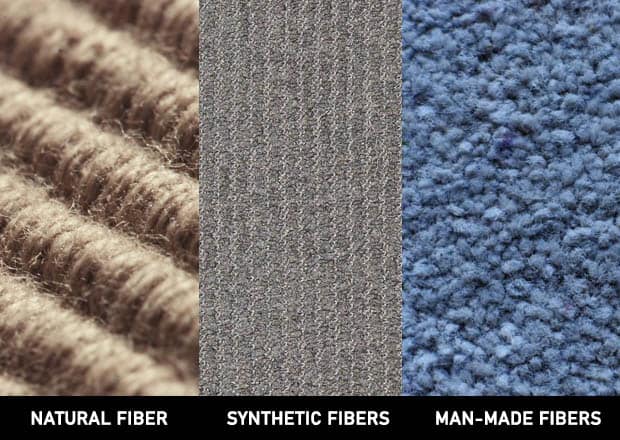
Natural Fiber
Natural fiber includes Cotton, Silk, and Linen. All these fabrics come from plants. Cotton comes from the seed pod of the plant which grows between two leaves. Silk comes from cocoons spun by worms. Linen comes from the bark of trees.
Synthetic Fibers
These include Polyester, Nylon, and Polypropylene. Synthetics offer several advantages compared to natural fibers. For example, they are easier to clean and maintain. Also, they last longer and resist fading. On the downside, some synthetics contain chemicals that could cause health problems if inhaled or ingested.
Man-Made Fibers
This refers to yarns created through chemical processes rather than biological means. Examples include viscose, acetate, triacetate, lyocell, and PES. Man-made fibers are often referred to as “Synthetic materials” even though they are manufactured from cellulosic sources.
Main Types of Carpet
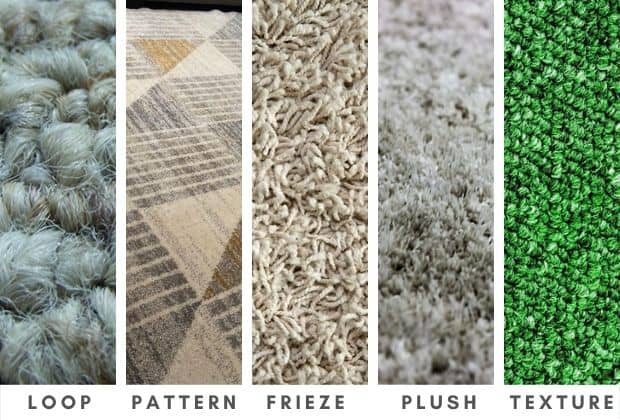
Loop Carpet
Loops are similar to flat carpets except there are loops attached to each end of the piece. Looped carpets are typically used indoors due to their durability. However, they require special care since they tend to get dirty easily. If your home gets wet regularly, then this kind of carpet would work best for you.
Pattern Carpet
A pattern can be made up of any number of colors arranged in different patterns. Patterns may range from simple stripes to complex designs with many shapes and sizes. Patterned carpets have become popular among homeowners who want something more interesting than plain old solid color floor coverings.
Frieze Carpet
The term “frieze” describes a type of woven textile product that has been woven on looms using horizontal weaving techniques. Frieze carpets were originally developed in India during the 16th century. Today, friezes are still produced in Asia but also in Europe and North America. In addition to being durable, friezes are attractive and comfortable underfoot.
Plush Carpet
This plush style includes both short and long fibers with an even distribution throughout the entire carpet. It’s soft underfoot and easy to clean because it doesn’t trap dirt as much as other styles. Plush carpets have a softer feel but still offer excellent durability. They come in many color options including solid colors, stripes, checks, plaids, and solids.
Texture Carpet
This style offers an interesting mix of softness with durability. It’s made up of small pieces of fabric woven together into one large piece. These fabrics have been treated so that when you walk across it, it feels like walking over a cushiony material rather than a hard flooring product. Texture carpets offer great comfort underfoot and provide excellent traction. However, these carpets do not hide dirt as well as some others.
Carpet Care Tips
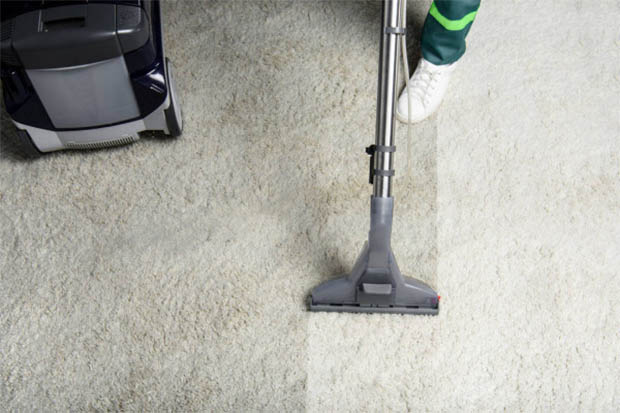
To ensure that your carpet lasts long, follow these tips:
- Keep up regular maintenance by vacuuming regularly. Use a vacuum cleaner equipped with a brush attachment so you can easily remove dirt and debris without damaging the pile. Vacuum at least once per week.
- Clean spills immediately. Don’t let water sit on the surface of your carpet. Instead, blot any excess moisture away with paper towels. Then apply an appropriate cleaning solution. You may need to repeat steps 1 and 2 if necessary.
- Avoid direct sunlight. Direct exposure to the sun causes fading of some fabrics including those found in carpets.
- Use non-abrasive household cleaners like vinegar. If possible, avoid harsh chemicals altogether. Choose milder solutions instead.
- If you have pets, be sure to keep their nails trimmed short. Nails left too long could cause scratching which leads to wear and tear.
- Perform carpet stretching to relieve tension in the carpet fibers. It will help increase the life of your carpet by reducing wear and tear.
Difference Between Carpet and Rug
A carpet can be any type of textile fabric designed to cover floors. A rug is usually smaller than carpet and mostly used to cover over tile flooring. There are many varieties of rugs including Persian, Oriental, Turkish, Indian, Tibetan, Chinese, etc.
Some rugs have a design on them while others do not. Most rugs are hand-made by artisans who weave them by hand. Others may be machine-woven. Machine-weaving produces more durable products but they lack the quality of handmade ones.
Types Of Rugs And Their Benefits
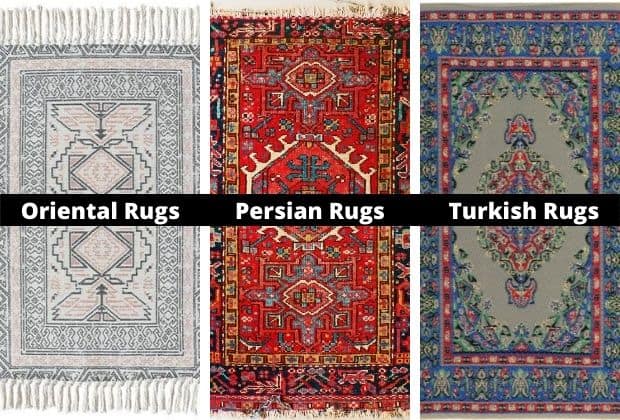
There are 3 basic categories of rugs: Oriental, Persian, and Turkish. Here’s a brief description of each category and what makes them unique.
Oriental Rugs
These rugs feature geometric designs made up of simple lines and circles. They were created by Chinese artists who wanted to represent nature using abstract forms. Today, oriental rugs are still popular among homeowners due to their timeless appeal. They offer great value since they last forever. However, they require regular cleaning to remove dirt and stains.
Persian Rugs
These rugs are named after Persia, a country located along the Caspian Sea. Like oriental rugs, they feature intricate floral motifs. Unlike oriental rugs, however, Persian rugs often use detailed embroidery techniques. Because of this, they cost more than most people expect. Still, they are worth every penny. Plus, they’ll stand the test of time.
Turkish Rugs
This category includes traditional Anatolian carpets. Made primarily of wool, these rugs usually feature elaborate knotting styles. While they’re beautiful, they’re also expensive. As such, only wealthy families could afford them back then. Nowadays, though, they’ve become affordable again thanks to modern technology.


